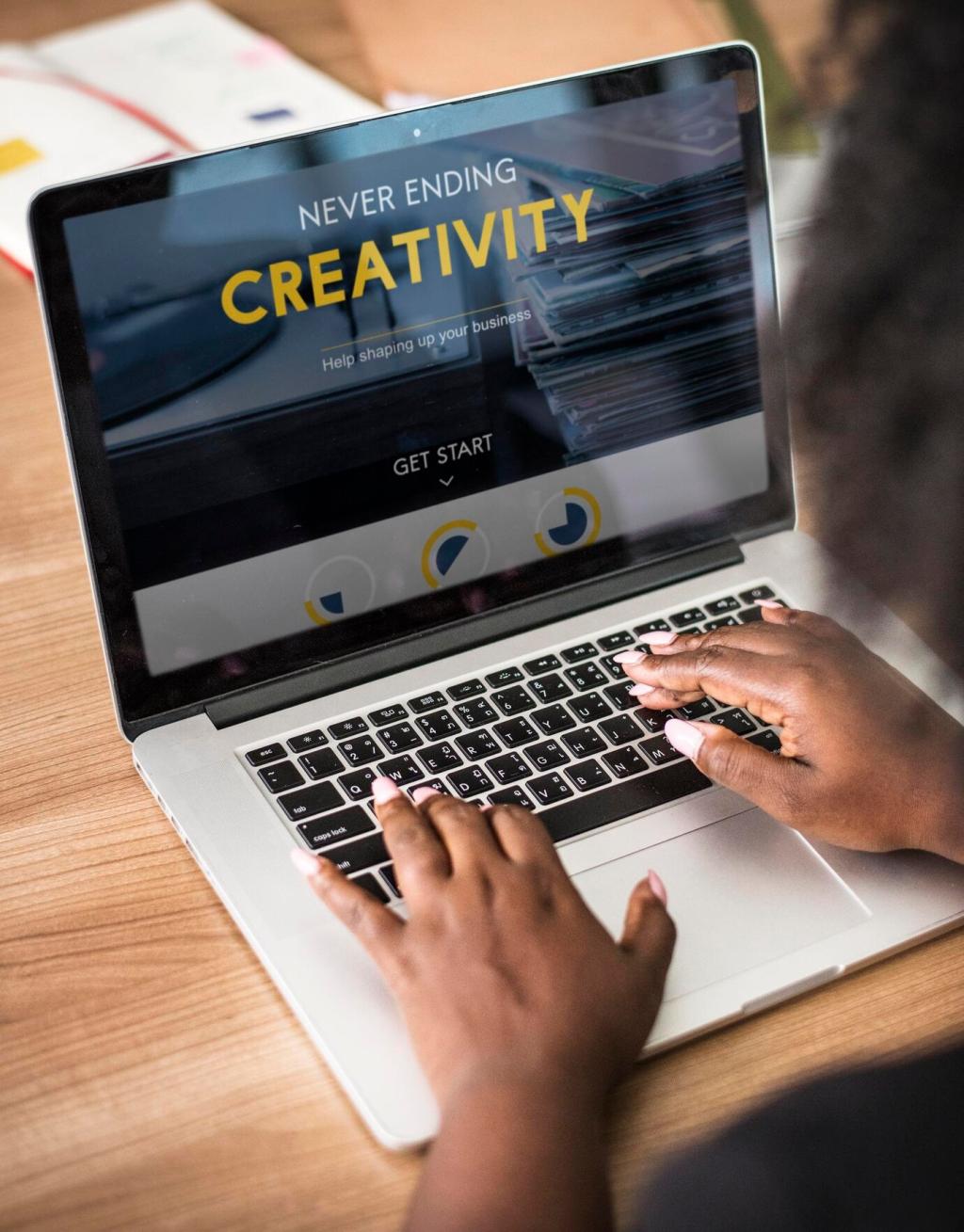Turn Portfolios into Persuasive Case Studies
Describe the initial problem succinctly, such as poor flow or insufficient storage. Explain the decision path, including trade-offs. Close with an emotional benefit the client felt—calmer mornings, more collaborative meetings, or happier guests—paired with an inviting call to start a conversation.
Turn Portfolios into Persuasive Case Studies
Share measurable improvements: reduced renovation downtime, increased seating capacity, or improved natural light distribution. Even small, meaningful metrics strengthen credibility. Frame numbers within human benefits so the data supports, rather than overrides, the design story.





